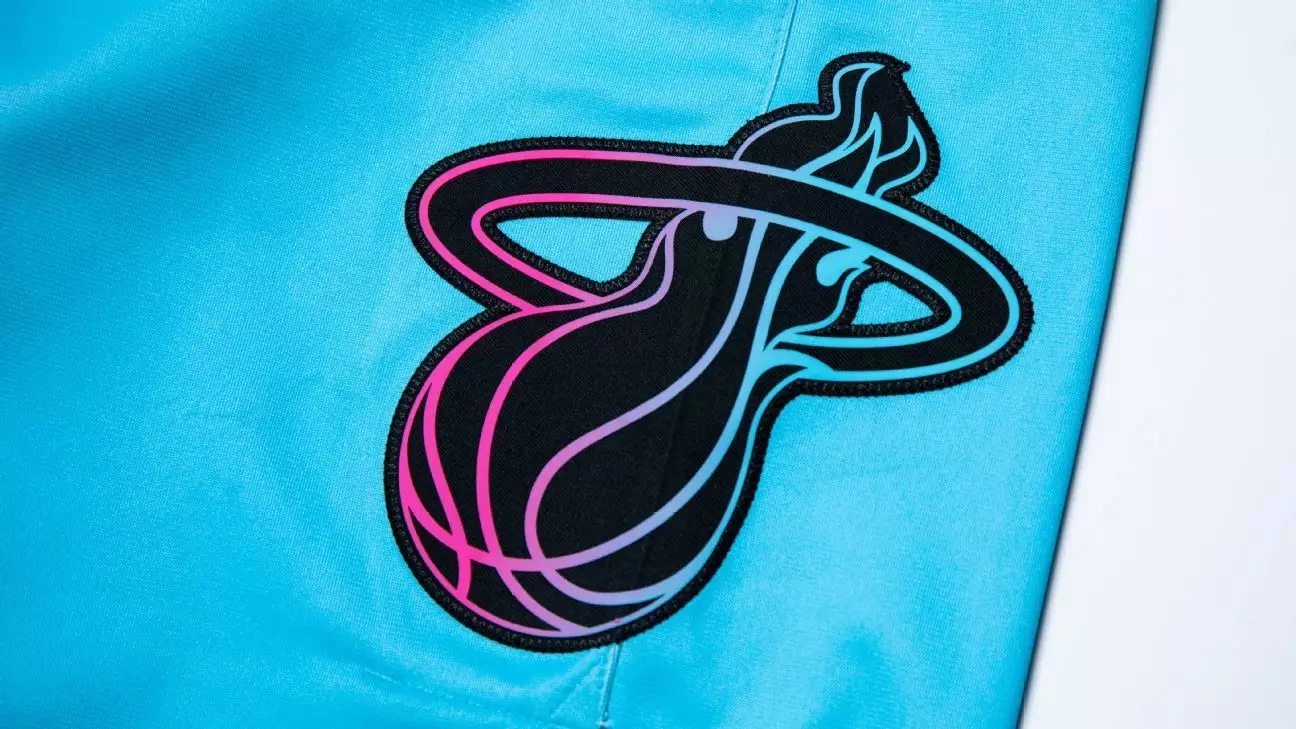In the glittering world of professional sports, loyalty and trust are foundational pillars. Yet, incidents like the case of Marcos Thomas Perez starkly expose the dangerous vulnerabilities lurking behind the scenes. A long-standing employee, with decades of experience in law enforcement and security, turns out to be the very creature that undermines the integrity of the sport he once protected. Such betrayals shake the core of what fans and organizations hold sacred—trust in fair play and respect for the game’s treasures. When insiders like Perez cross ethical boundaries, it’s not only about theft but a profound betrayal that tarnishes the sport’s image and integrity.
The Sophistication of Theft: More Than Just Stolen Jerseys
What causes such breaches to feel all the more alarming is the sophistication with which they are executed. Perez, entrusted with access to the most restricted areas—particularly the memorabilia storage—exploited this trust, siphoning off an extensive collection of game-worn jerseys and valuable memorabilia. His theft extended over years, emphasizing that such illicit activities often go unnoticed until substantial damage has been done. The staggering price of the stolen items—culminating in a LeBron James jersey sold privately for nearly $100,000 and later fetching millions at auction—illustrates how these stolen artifacts are not mere souvenirs but valuable commodities. This criminal enterprise not only undermines the team’s assets but also fuels a lucrative underground market that enriches those willing to exploit the sport’s culture for profit.
The Cost of Complacency and the Need for Vigilance
Perez’s case exposes a troubling complacency within organizations tasked with safeguarding their most valuable possessions. How did such a breach go unnoticed for so long? The answer likely lies in a combination of weak internal controls and underestimating insider threats. When employees have unrestricted access, the temptation to exploit that privilege becomes more enticing. For organizations, this should serve as a wake-up call—security protocols must be both rigorous and adaptive to prevent internal betrayals. It’s not enough to rely on trust; regular audits, stringent access controls, and a culture of accountability are essential to deter future breaches.
The Ethical Implications and The Broader Impact on Sports Culture
At its core, theft like Perez’s does more than rob a team of priceless memorabilia; it erodes the foundational ethics of sports culture. Fans invest their passions into these symbols of achievement, history, and identity. When those symbols are stolen and sold in the shadowy corners of the market, it diminishes the collective joy and reverence associated with the sport. The incident also raises uncomfortable questions about the valuation of sports memorabilia—how much are these artifacts really worth, and who truly owns the stories they tell? Such thefts invite a deeper reflection on how the commercialization of sports artifacts can sometimes overshadow the integrity and respect they deserve.
The Road Ahead: Vigilance, Accountability, and Restoring Trust
While law enforcement’s intervention highlights the significant consequences of insider collusion, it should also catalyze a broader conversation about ethics and security in professional sports. Organizations must carefully examine their internal controls and adopt innovative strategies to safeguard their cultural assets. At the same time, fans and stakeholders should demand transparency and accountability, fostering a culture where honesty is celebrated and thefts are promptly addressed. Only through collective vigilance and the tenacity to uphold integrity can the sports community ensure that its cherished symbols remain during the storms of betrayal and greed.


Leave a Reply